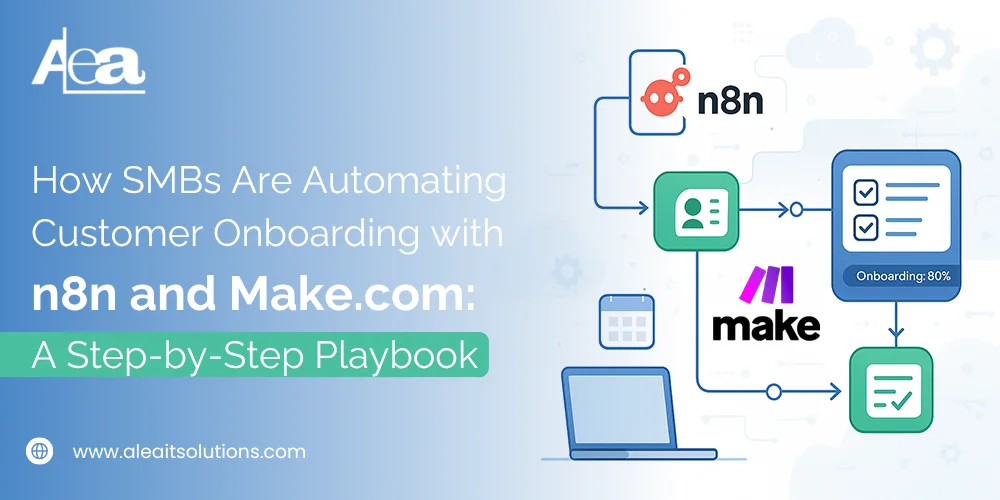Having a 9-5 job can be monotonous after a few months, and you begin to feel like you are a robot performing the same daily tasks. There is finally something to look forward to when you see in the name of a “side project” – a ray of hope. It is now easier for you to work 9-5 as well. Learning from both jobs is intertwined. You feel grateful to have the opportunity to pursue side projects part-time. – for yourself. Having extra money is also a bonus!
That must be a dream come true, right?
Many of us have lived this dream, and most of us have been forbidden from even thinking about it – doing it is an entirely different beast. That’s where moonlighting comes in.
Firstly, let’s gain a deeper understanding of Moonlighting.
What is Employee Moonlighting?
Moonlighting refers to taking up an extra job and responsibilities in an organization while being on the payroll for one organization without the employer’s knowledge. It is called so as the side employment is typically performed at night or on the weekends. This phrase came into the limelight when Americans began looking for second jobs in addition to their regular 9-5 jobs to supplement their income.
For example, people from IT backgrounds go for a side project to sharpen their skills and as a fun way to keep their morale high during working hours.
Now that the concept of moonlighting is clear, let’s dig deeper into the moonlighting policy.
What is Moonlighting Policy?
Moonlighting Policy states that an employee working with an organization with a side project or second job should prioritize the primary job over the other. That being said, they are allowed to work during their non-working hours.
The confusion is genuine with the terms. So, the policy allows the employees to keep the second jobs but with some conditions – that depend on the organization.
For instance, Microsft’s moonlighting policy clearly says, “Anything after hours, made using 100% of your resources, is yours” – the word “your resources” is crucial since Microsoft offers much free software.
Many companies have a moonlighting policy, but a few have moonlighting ban. For example, Wipro has a moonlighting ban.
On the contrary, Indian IT giant Wipro “has fired 300 employees in recent months who were found to be moonlighting for competitors,” a practice which chairman Rishad Premji deemed as an “act of integrity violation.”
Among IT professionals, moonlighting is a contentious issue. The concept has been deemed unethical by some, while others believe it is essential.
The AleaIT organization opposes this approach, believing that having employees performing numerous tasks reduces productivity, and compromises data security by passing the information and issues that can arise when working for a rival company. In recent years, moonlighting has become a more prevalent concept in the IT industry, in part due to the fact that working from home has become more common since the Covid-19 pandemic, which is thought to have been responsible for an increase in dual employment. In spite of this, startups frequently engage in side projects.
You may find moonlighting to be a helpful way to avoid disengagement, develop your passion, and learn new skills while maintaining your competency and productivity. The very purpose of rest hours, holidays, and leave is lost when employees choose moonlight, resulting in physical and mental exhaustion for themselves.
As a general opinion, there are mixed reactions if the moonlighting should be legal or not. What are your thoughts on it?




